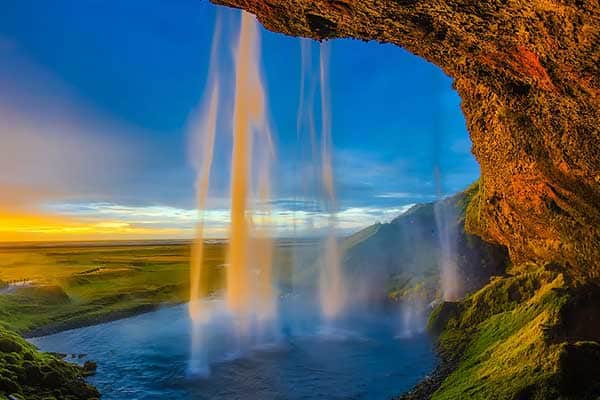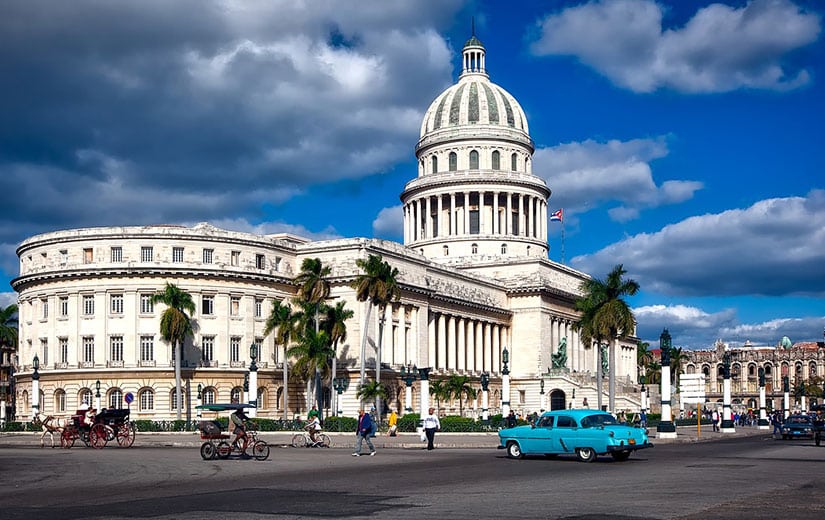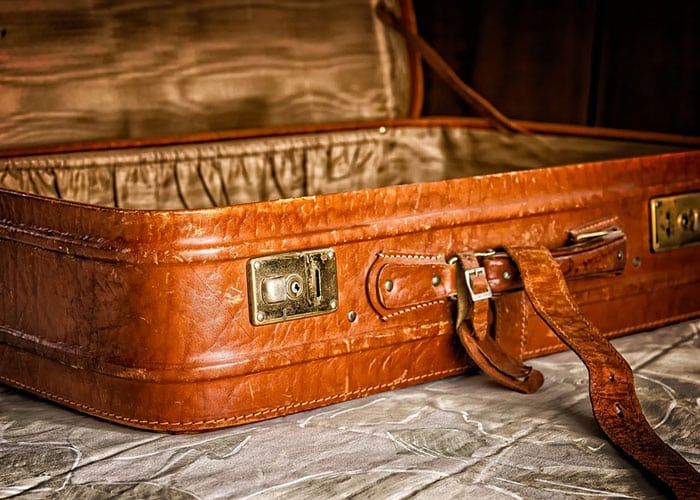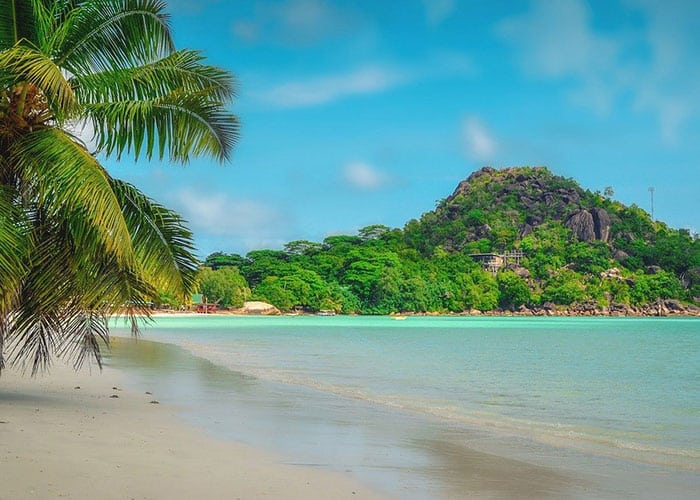Going to Iceland is no longer a trip, but an adventure in search of the extraordinary. Land of the Vikings, this island in the North Atlantic fascinates with the magic of its landscapes, its breathtaking nature, its friendly inhabitants. So when is the best time to go there? Let’s find out the dates of your next destination.
A northern but changing climate
In Iceland, you can have the opportunity to see the 4 seasons pass by in just 24 hours. The weather conditions are often very variable. The choice of the departure period for Iceland strongly depends on what you want to do there. However, you will find activities and splendours to admire whatever the season.
Winter in Iceland: tough but beautiful
The first snowflakes appear as early as September and may finish falling in May. The coldest period is from December to February. Temperatures can drop to -30°C in the north of the island and some roads are closed. It is therefore advisable to equip yourself to go there during this period. However, nature is extraordinarily beautiful.
Natural spectacles in winter
It is also during these winter months that you will have the opportunity to admire the northern Lights. They are visible especially during the equinoxes from February to March and from September to October. It is also from February to March that killer whales visit the Icelandic coasts. A grandiose spectacle that you can enjoy thanks to organized excursions. Note that from the end of November to December and January, the days decrease sharply and therefore the light is sorely lacking. A drawback for photographers or outdoor enthusiasts.
A summer in Iceland for hikers
From June to August, summer in Iceland rhymes with midnight Sun. This is the period during which the days last 24 hours and the arctic sun illuminates the island. It is therefore advisable to take an eye mask to sleep. It’s the season of summer festivals and hikes in exceptional landscapes. The temperatures are a little warmer, but without comparison with a heat wave. They can generally go up to 20°C.
Growing tourism in Iceland
Since 2010 and the eruption of the Eyjafjallajökull volcano, tourism has experienced a spectacular jump of 30%. In addition, many fans and film buffs come to visit famous filming locations series or movies like Star Wars or Game Of Thrones. The sites are still as sumptuous but much more populated. However, here are some tips for avoiding crowds.
In summer, live the night
Daylight shines 24 hours. Yet tourists keep their biological clock. If you want to enjoy natural spaces in complete freedom, go early in the morning or late in the evening. The sites benefit from less crowds and offer all their beauty.
In autumn, watch the whales
Between May and September the cetacean population explodes. Small companies offer to observe them on small boats in silence. An opportunity to get away from the crowds by getting closer to nature.
Go in winter
It’s true that the cold is setting in, but it’s the best time for the Northern Lights and tourists are getting rarer. You will benefit from snowy volcanic landscapes. This vision will give your trip a whole new dimension.
Visit less popular places
The blue lagoon is an emblematic site in Iceland but a victim of its own success. There are many other equally beautiful lagoons that attract fewer visitors as well. You can explore in complete serenity and even why not swim there.




